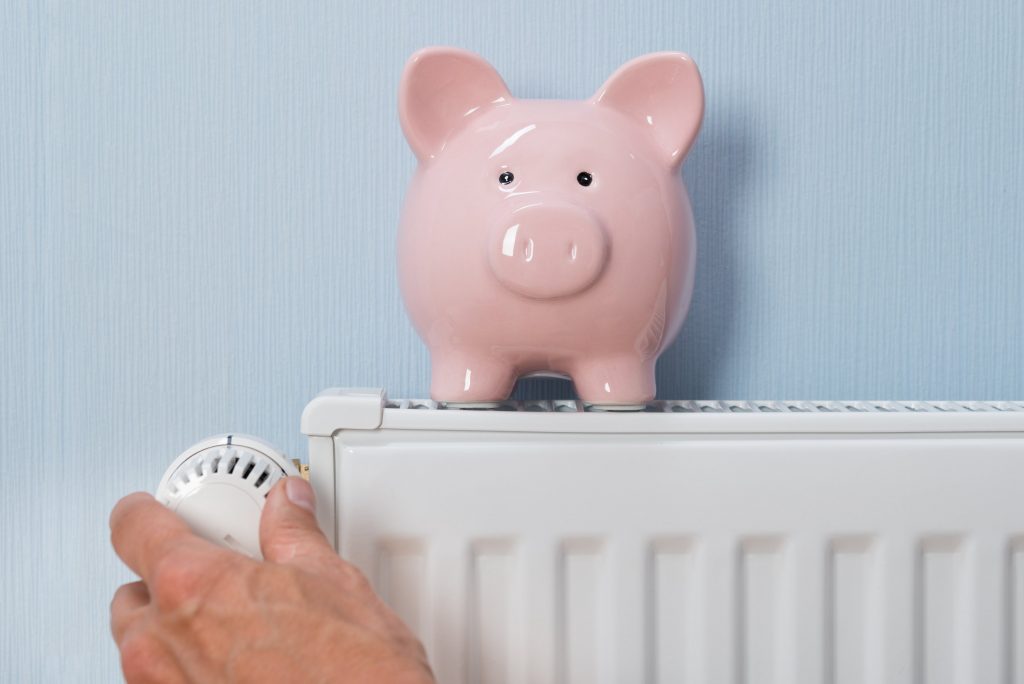Some argue it's not worth it. Someone else has a different opinion. Let's find out if it is really necessary to keep a heating system running all the time, looking at the advantages offered by technology.
Is it efficient to have heating on all the time?
There are no precise indications on whether to keep the home heating system on all the time during the winter season. Two opposing views exist.
- Some experts suggest that keeping the heating on continuously, adjusting the temperature based on habits and times when one is at home or away for work, allows the boiler to operate without significant power fluctuations.
- This prevents excessive gas consumption when it is reignited and needs to reach the desired temperature starting from scratch.
- Others say that keeping the heating system running all the time leads to continuous heating when it is not necessary.
- A more energy-efficient and cost-effective approach involves activating your boiler only when needed for hot water or heating, using a standard heating system and thermostat. Many people opt for a programmed timer or a mobile phone-controlled system.
- Both sides, however, share some points, such as the need to ensure excellent thermal insulation for apartments and residences to not render the effort to adequately heat the home in vain.

How much does it cost to keep the heating on all day?
It is not easy to specify the cost of keeping a heating system on all day: one must consider the supplier's rates and price fluctuations of a fossil fuel such as gas. On the other hand, the government has suggested some measures to save on energy costs during the winter.
- Reducing boiler flow temperature to 60 degrees allows to save up to 60 pounds a year.
- Bleeding radiators makes home warmer and can help reduce the cost of your energy bills. It removes air pockets which reduce the pressure in the radiators so the household doesn’t need to turn the heating up as much.
- An annual service helps keep the boiler running safely. Faulty boilers can be very dangerous. It runs properly, which can also save money on future repairs.
- If you have a heating system with a separate hot water cylinder and not a combi boiler, you can turn down the temperature of the cylinder itself so that water is not heated unnecessarily to save up to 20 pounds a year.
How many hours a day should heating be on?
Many homeowners in the UK wonder, "How many hours should my heating be on?" Understanding the optimal usage can not only enhance comfort but also contribute to energy efficiency and cost savings. ⅞ hours a day are considered a good range to have both a warm house and cost savings.
For example, keeping the heating on at night can be detrimental to people's health because the air becomes excessively dry, leading to respiratory issues, especially for those who already suffer from chronic problems. Room temperature in the bedroom should be between 15.5 and 20° C (60 - 68° F).
Determining how many hours your heating system should be on in the UK requires a tailored approach. By dispelling common myths, aligning heating hours with your lifestyle, and implementing government-recommended energy-saving measures, you can strike the perfect balance for a cosy and cost-efficient winter.
How to maintain a constant temperature at home?
Concrete assistance in managing heating comes from home automation, with tools specifically designed for careful and efficient control.
The goal is to avoid unpleasant temperature fluctuations with remote controls via smartphones for monitoring the situation: an indoor temperature neither too low nor too high.
Smart thermostats, for example, allow precise regulation of the home temperature based on different times of the day, cutting energy costs even when the heating is always on.
Users can set a specific level for the morning, afternoon, and evening. The smart thermostat, following these instructions, can learn from the habits of those living in the house. You can establish an acceptable minimum temperature for when the house is empty and transition to a warmer temperature smoothly in anticipation of returning.
Contributing to well-being are smart thermostatic valves, which allow intervention on the temperature of individual rooms based on their usage.
You can move from one part of the house to another without excessive temperature swings. Even while remaining on, the system consumes less as these valves interrupt the operation of a radiator if their sensors detect an open window, rendering energy consumption unnecessary.











































